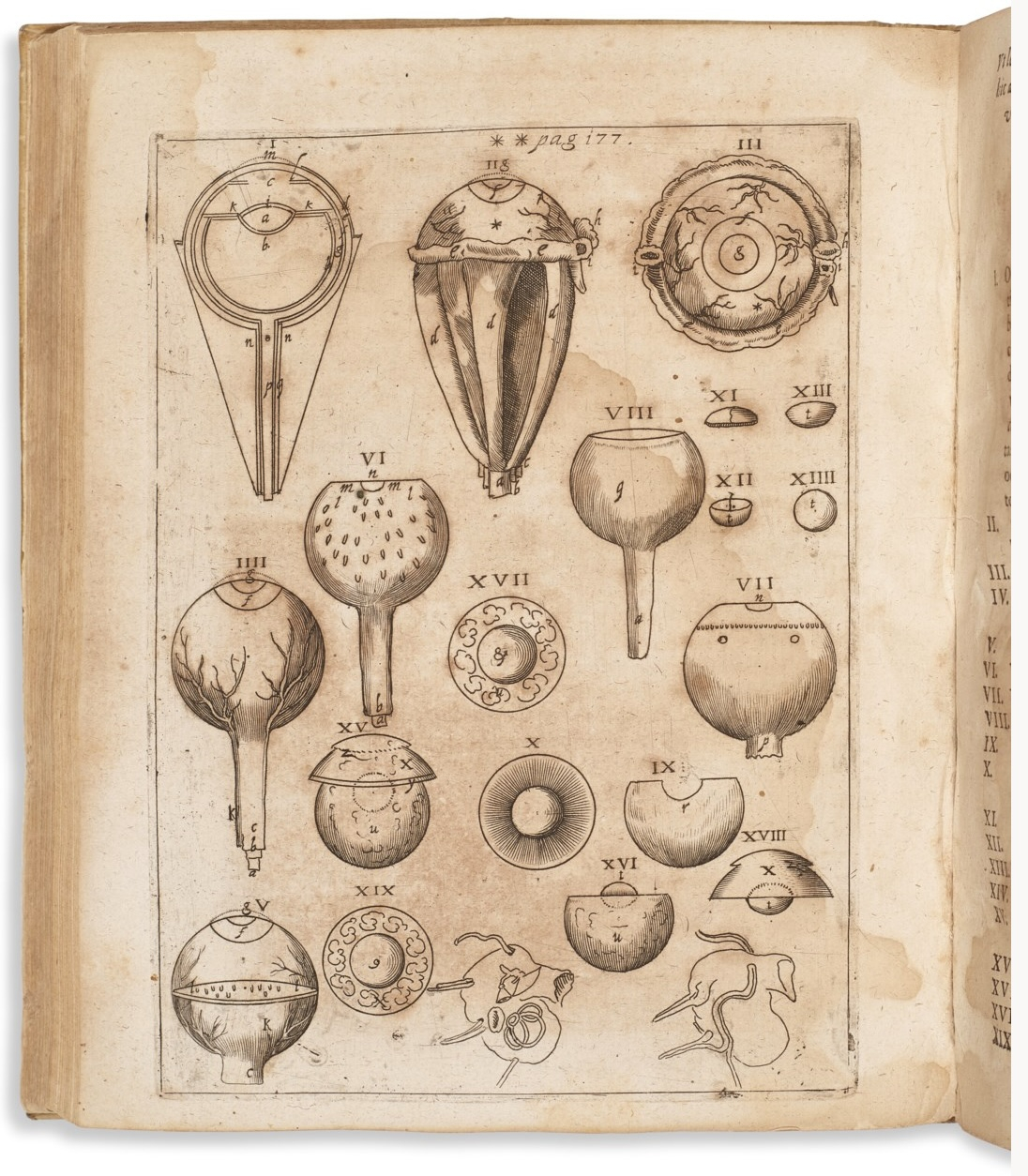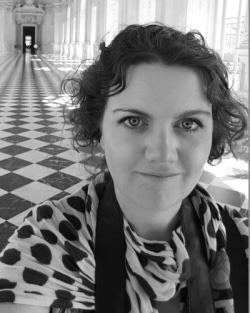Visual anxiety and visual culture in early modern Europe

A presentation on the crisis of vision in early modern Europe.
Ad Vitellionem paralipomena, Johannes Kepler, 1604.
The fallibility of the eye as a source of truth and accurate perception about the world was both a source of fascination and intense anxiety in early modern Europe. Whether vision was reliable was of central concern to a range of debates: from the philosophical scepticism of Descartes, debates stemming from the Protestant reformation, investigations into natural magic and sciences, and, of course, in art and visual culture. A range of questions were raised such as: Can we trust what we see? Why does visual perception fail? How do we see things that are not there when we dream? How does the brain conjure images from our imagination? Can optical illusions help us understand how the eye works?
These questions about vision were explored through philosophical discussions, divisive argument, written treatises and through art. This paper will look at the culture of anxiety about vision and seeing in early modern Europe. I will consider how a deeper understanding of the broader debates can offer insights into visual culture with a particular focus on two areas: visual spectacle and illusion (the tricking of the eye and the mind) and how these were connected to the visual culture of natural philosophy and science (examining whether visual perception could provide evidence and expand knowledge).
Part of the Art History Seminar Series, convened by Mary Roberts, and presented by the discipline of art history at the University of Sydney, with support from the Power Institute.
Join via Zoom
People

Katrina Grant
Dr Katrina Grant is a Research Fellow in Visual Understanding at the Power Institute for Arts and Visual Culture.
Her research is based in the fields of Digital Art History, Digital Humanities and the art history of early modern Italy. Recent projects include a focus on the application of visualisation and mapping technologies to art history research, as well as the use of digital technologies in the galleries and museums sector for outreach and engagement. She is an expert on the representation of landscape in early modern Italy and the visual cultures performance and spectacle. Her recent book Landscape and the Arts in Early Modern Italy: Theatre, Gardens and Visual Culture was published by Amsterdam University Press (2022).
